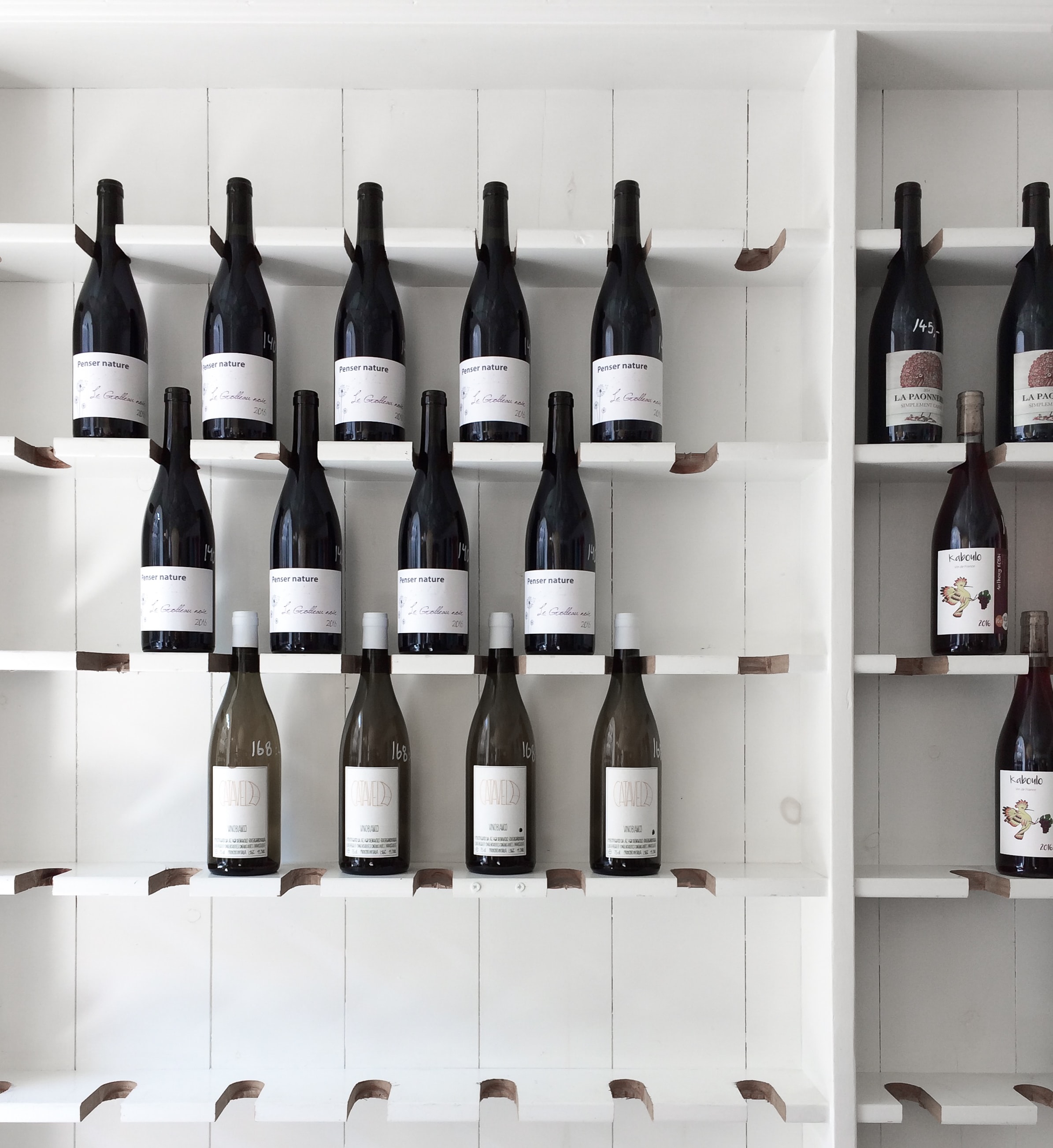It’s common knowledge that data powers nearly every aspect of businesses today. And when it comes to driving sales, it’s an invaluable asset. Research shows that companies incorporating data into their sales strategy are 5 to 6% more profitable than their competitors.
And by “data”, we mean information and insights on what products are trending as well as what days and times your audience is most active, among other things.
With that said, data should be your best friend if it isn’t already. And while there are a million reasons why you should use a data-driven sales strategy, today we’re going to cover a few of the best ways you can use it.
Discover and Sell Trends
You know that super hot bottle of Mezcal you’ve been seeing fly off the shelves? Yeah, your accounts want to know about that. They want to know about anything that’s trending, really. And if you have that information, it’d be in your best interest to share it.
One way you can look at the data? Take a step back and analyze geographical trends. Do you notice one region you service purchases more of X and less of Y? With that knowledge, you might be able to uncover more sales opportunities next time you are in the area.
Even more powerful is combining both local and national-level data in order to make predictions about a particular geographic region (more on sales forecasting later). If you’re willing to share some of this proprietary data on what’s trending with your accounts, it can help you get a leg up on the competition!
Gain Customer Insight
The more you know about your customers, the better. Take your account’s ordering cycle, for example, if you know the majority of their purchases take place on a Monday, rather than a Friday, you would probably find more success reaching out to them at the beginning of the week.
At the end of the day, data is just behavior. By taking a look at data on individual purchase behavior, you might be able to identify and proactively manage negative trends before they impact your paycheck. Haven’t heard from that one bar in a while? Maybe it’s time to give them a call. Have you noticed that the craft bar you go to on Fridays hasn’t ordered their usuals in a while? Find out why.
Identify Cross-Selling Opportunities
Additionally, using data can help you identify different cross-selling opportunities which can, in turn, help you increase volume sales of different types of products.
Think of it this way, if your accounts are ordering a lot of Vodka, they might be interested in purchasing Red Bull, too. Same with Whiskey. Surely a bar or restaurant could benefit from adding sour mix to their order. By diving into the data, you can pinpoint complementary products that bars and restaurants might not otherwise think to buy.
If you’re not cross-selling, you might be leaving money on the table. According to Amazon, cross-selling can generate as much as 35% of profits. Even more? It can contribute to your overall customer lifetime value. Just make sure to keep things relevant. The more closely related the product is to what your account is looking to buy, the more likely they are to add it to their order.

Make Data-Driven Predictions
While I wish we could offer you a crystal ball to use in your sales approach, you might as well consider analyzing data the next best thing. In this section, we’re going to touch on sales forecasting.
To get a handle on the future, you need to take a look at the past. Does the account you're going to next week always order the same kind of wine during October, November and December?
By averaging your sales results from month to month, quarter to quarter, or year to year, you can get a better idea of the longer-term trend that’s influencing your sales results. Additionally, by taking a look at the data you have on hand, you can group customers based on similar characteristics and purchasing behaviors and better predict their needs.
But above all, be flexible. Many factors can affect your sales forecasts, such as weather conditions, holidays, sporting events and even the state of the economy.
Attract more customers with Provi's guide to SEO.
Garner Authority and Trust
By using a quantitative approach in your sales strategy, you could garner instant trust and respect with new and existing customers, and thus potentially generate leads.
It’s the difference between, “Here’s this cool, new beer I think you’d like.” Versus, “Here’s this new beer that’s seen a 60% increase in sales over the past month.” Connect with your audience through data, and simultaneously distinguish yourself from other reps giving cookie-cutter sales pitches.
Even more, providing data based on your customer’s wants and needs is just another way to personalize their experience with you, make them feel cared for and provide them with actual value.
At the end of the day, it’s all about empowering your customers to sell and serve the best beer, wine and spirits that they can, because that’s what you’re selling them. And use the data you have on hand to back that up.




Comments